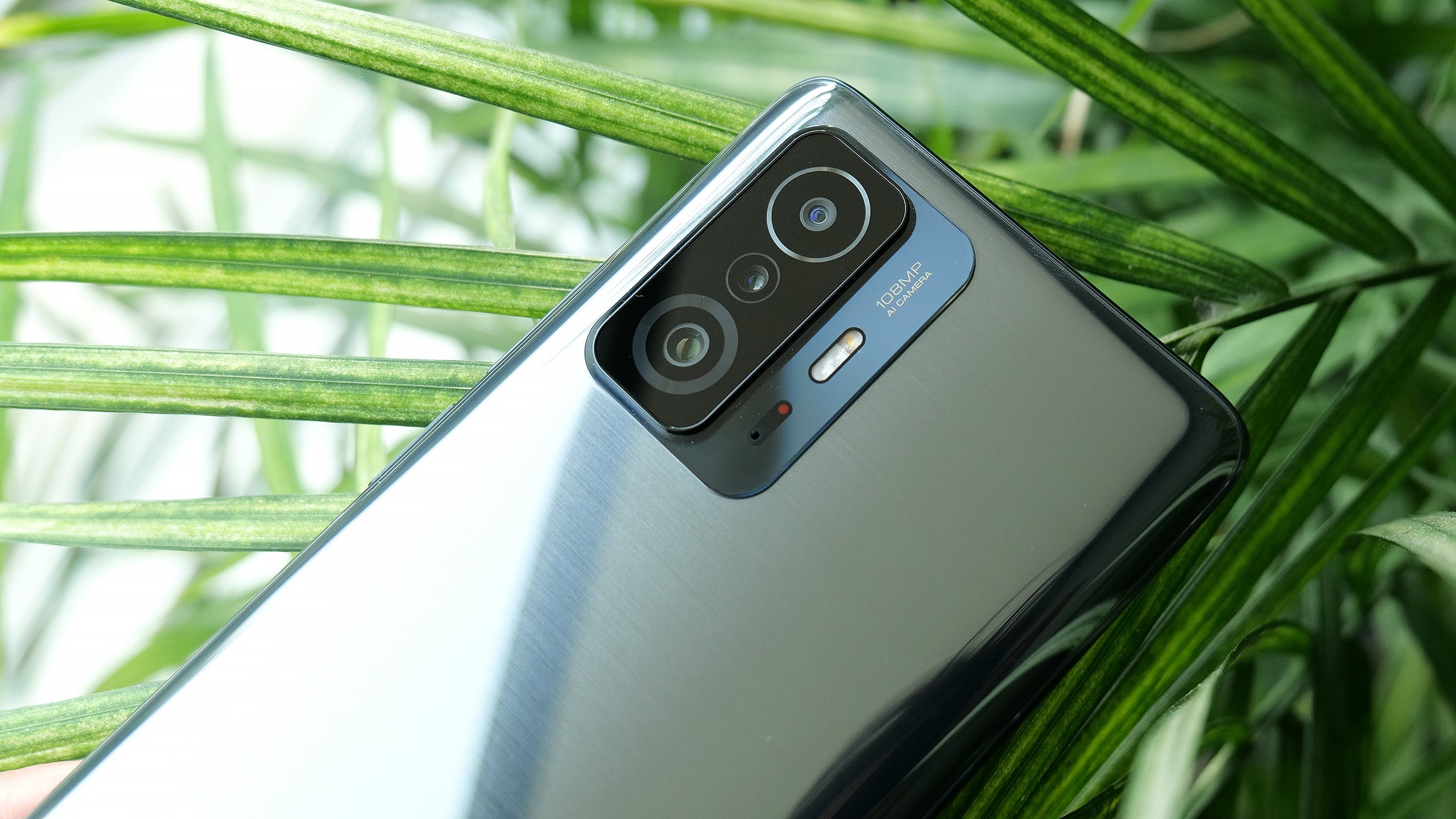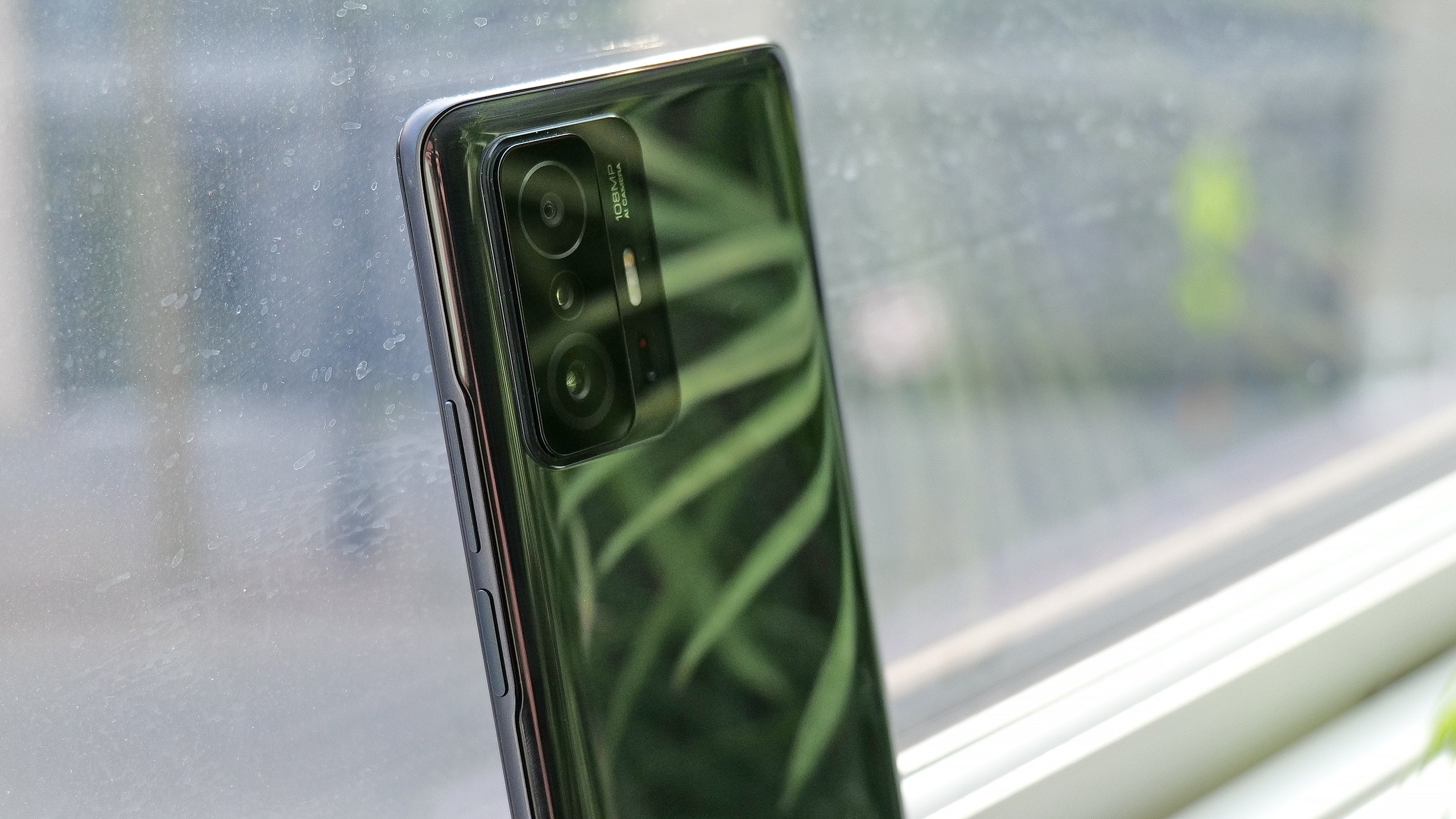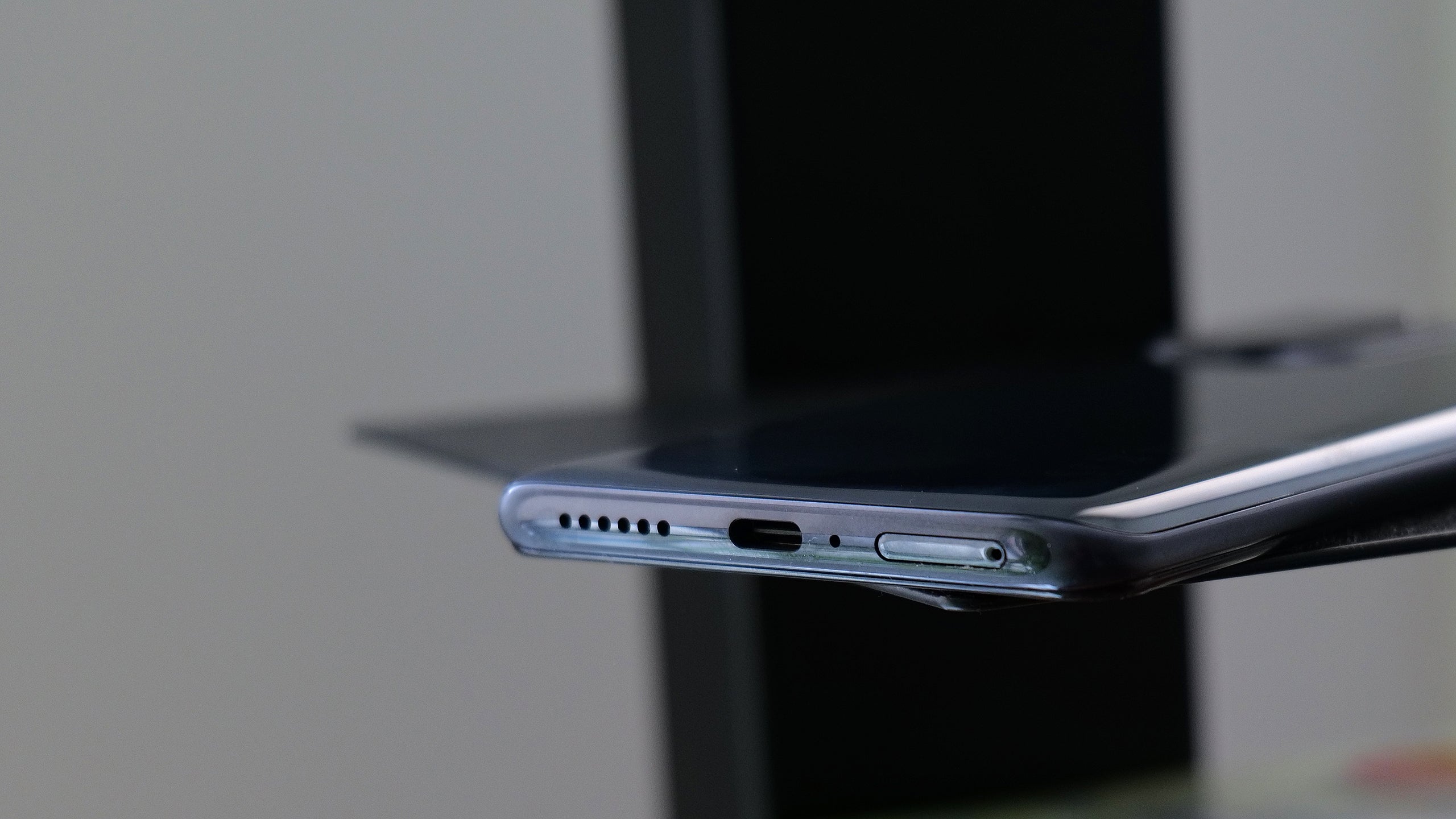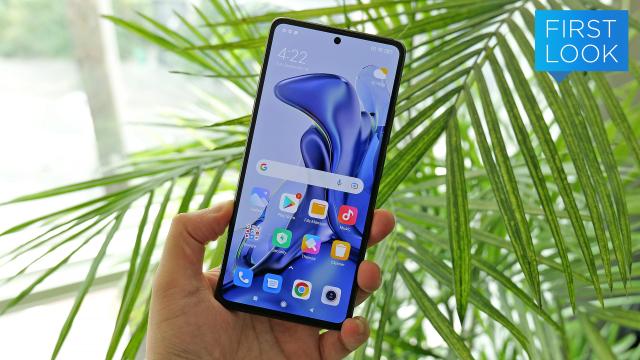With the death of LG’s phone biz, OnePlus’ repeated price hikes, and the disappearance of HTC, finding a mid-range phone in the U.S. that packs impressive specs for the price just isn’t as easy as it used to be, which is what makes the Xiaomi 10 T’s launch even more disappointing.
Starting at just 500 euros ($800), the Xiaomi 10 T packs a MediaTek Dimensity 1200 Ultra processor, 8GB of RAM, 128GB of storage, a big 6.7-inch AMOLED screen with a 120Hz refresh rate (not to mention a 480Hz touch sample rate), triple rear cameras, and a large 5,000 mAh battery. Just off the bat, that ticks the box for a lot of flagship-level specs, with the only major omissions being the lack of wireless charging and a microSD card slot (which has also become an increasingly rare feature).

But despite promising for years that it would explore selling phones in the U.S. (and having recently been removed from one of the U.S.’s blacklists), Xiaomi has yet to actually do so. And while I’ve only had a brief time to check out the 10 T thus far, it feels like a great value compared to the selection of other $US500 ($682) phones available in the U.S.
The 10 T is the middle child in the Xiaomi new 11-series lineup. It’s cheaper than the more expensive 650-euro 10 T Pro and a bit more premium than the 379-euro 11 Lite 5G, and there are some obvious trade-offs when it comes to its design. For instance, instead of glass in back, you get a shiny polycarbonate similar to Samsung’s A52 5G, which is just fine by me. There also isn’t a dedicated 3.5mm audio jack or an official rating for water resistance, which are both features you’d like to see on a mid-range phone.

Compared to a similarly priced phone like the 2021 Moto Edge, the Xiaomi 10 T is competitive, with a high-res 108-MP main cam, an 8-MP ultra-wide cam, and a third 5-MP camera that can capture both macro shots and telephoto shots via a 2x zoom. Xiaomi didn’t have to sacrifice zoom capabilities like Moto did, and when you factor that the Moto Edge costs $US700 ($955) without its initial limited-time promotional discount, it seems the 10 T is a better deal. The 10 T even comes with rather speedy 67-watt wired charging, which blows practically anything you can get from a comparable $US500 ($682) phone in the U.S. out of the water.
And while I maintain that Google’s Pixel 5a is the best mid-range phone for folks in the U.S. due to its software, excellent camera quality, and Google’s regular feature drops and updates, the Pixel 5a’s somewhat dated Snapdragon 765G chip and just 6GB of RAM make it clear that the Xiaomi 10 T has it beat in the specs and performance departments.

Now that Xiaomi has surpassed Huawei as the biggest smartphone maker in China (while also passing Apple for the No. 2 spot in the global rankings), it feels like the timing might finally be right for Xiaomi to begin selling its handsets in North America. LG and others have left a void in the smartphone space, and it feels like the world’s second largest phone maker is missing out on a market that desperately needs more competition.
Maybe someday. Until then, us American will simply have to appreciate Xiaomi’s blend of value and performance from afar and wonder what could have been when the 10 T goes on sale later this month.
